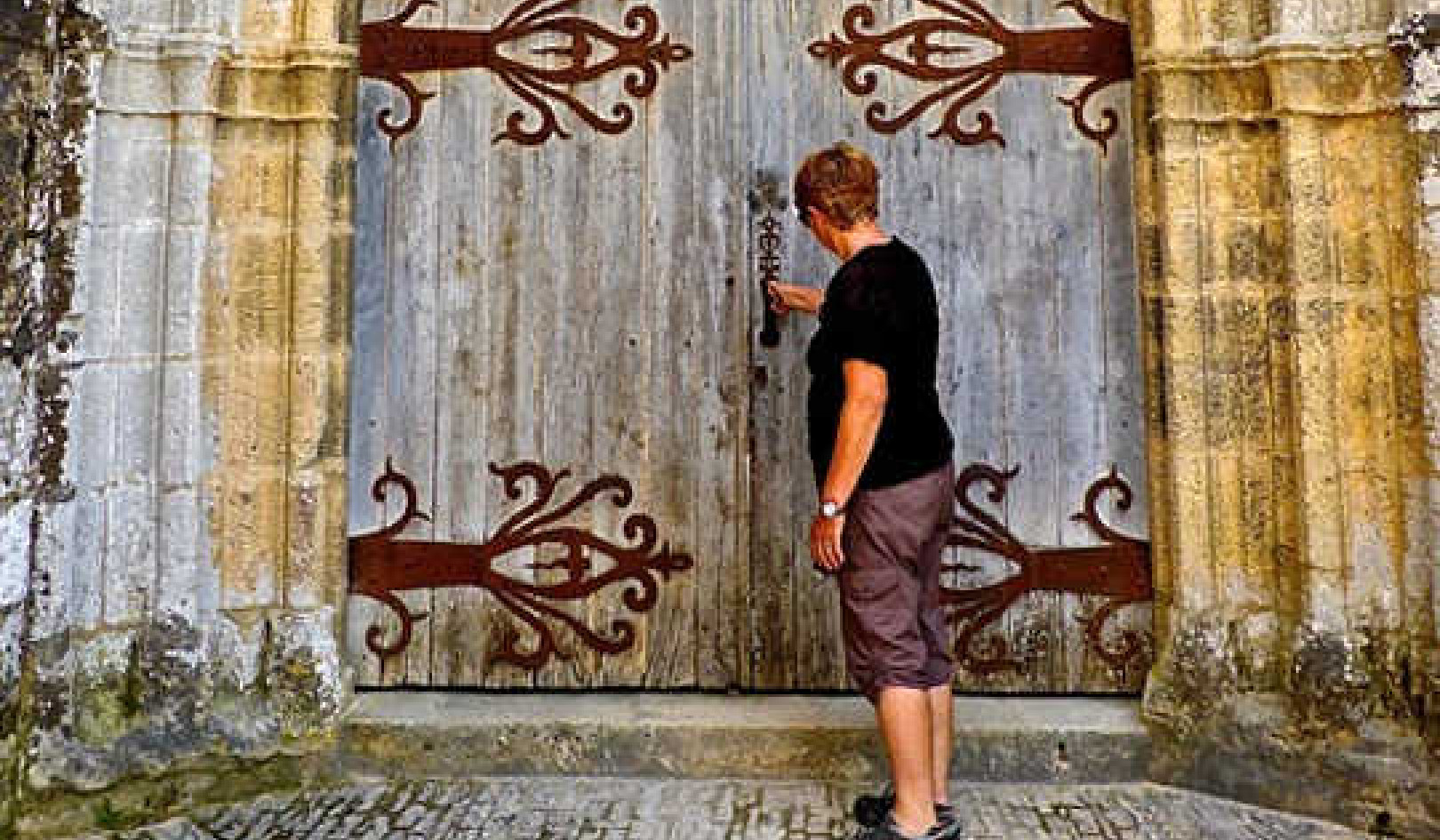
shutterstock
When you think about creativity, it might be highly creative people like Mozart, Da Vinci or Einstein who spring to mind. They were all considered to be “geniuses” for their somewhat unique talents that led to global innovation in their fields. Their type of creativity is what’s known as “Big C creativity” (or historical) and is not very common in everyday life. Not all of us can create works of art or music or scientific theories that are new to the world.
But while we can’t all be Mozart, Da Vinci or Einstein, many people do enjoy creative activity – through hobbies such as water colour painting or playing the piano. And these types of pursuits are often what people think of when asked what being creative looks like. Our finished pieces may not be comparable with the likes of the great masters, but often the process is therapeutic and the end result can be aesthetically pleasing.
On top of hobbies and interests, we all possess creative attributes that can help as we solve life’s problems and make decisions. It is this type of creativity that enables us to plan different routes to get to the same destination, or how to fit in a trip to the supermarket when our schedule looks full.
It might not sound very creative, but this aspect of creativity relies on our ability to consider options and assess their suitability, as well as how to make decisions based on personal prior experience or what we have learnt formally or informally. These examples are known as “small c creativity” or “personal everyday creativity”.
Creative outcomes
While Big C creativity is valued and celebrated, it is often small c creativity that has allowed humans to flourish over thousands of years. It sets us apart from other animals and it is also the type of creativity which can be fostered through our education system and beyond into the workplace.
Traditionally, research tells us that creativity has been largely associated with the arts. Our previous research has shown that teachers are often able to give examples of creative activity in arts subjects, but find it harder to do so when asked to describe creativity in subjects such as science.
But there is a growing realisation that opportunities to be creative are found across a broader range of subjects. For instance, engineering provides opportunities to be creative through problem solving, and history gives the opportunity to think creatively about why events happened, and what motivated those involved.
Research has shown that training teachers to ask particular types of questions can be one way to help support creativity across the curriculum. This is because generating solutions to problems and explanations are creative processes, and these are vital if children are to have a “complete education”.
Our research also shows how it can be more helpful to talk about “thinking creatively” rather than “creativity”. This is because people tend to see thinking creatively as independence of thought and a willingness to take risks and seek new perspectives. It is also seen as a way to perceive new relationships, make new connections, and generate new ideas.
Moving creativity forward
The Durham Creativity Commission is a collaboration between Arts Council England and Durham University that aims to identify ways in which creativity, and specifically creative thinking, can play a larger part in our lives.
We are working alongside people in education, as well as businesses and arts and science communities, collecting their views on creativity and creative thinking. We will also be looking across these groups to determine whether or not there is a relationship between creativity and mobility, creativity and identity as well as creativity and well-being. We hope to be able to show that thinking creatively can not only be encouraged and furthered in a variety of contexts, but can also lead to positive outcomes on a personal, social and economic level.

Getting creative is good for your health. Shutterstock
In a rapidly changing world, creativity is important for people and society on many levels – it can help to generate personal satisfaction and be important for economic development. This is why creative thinking must be a key priority in educational environments.
In the same way, creativity must also be recognised and encouraged in the workplace. Because, after all, it’s creative thinking that leads to problem solving and innovation in a range of areas.![]()
About The Authors
Lucy M Davies, Reasercher for Durham Commission on Creativity, Durham University and Lynn Newton, Head of Department in the School of Education, Durham University
This article is republished from The Conversation under a Creative Commons license. Read the original article.
Related Books
at InnerSelf Market and Amazon

























